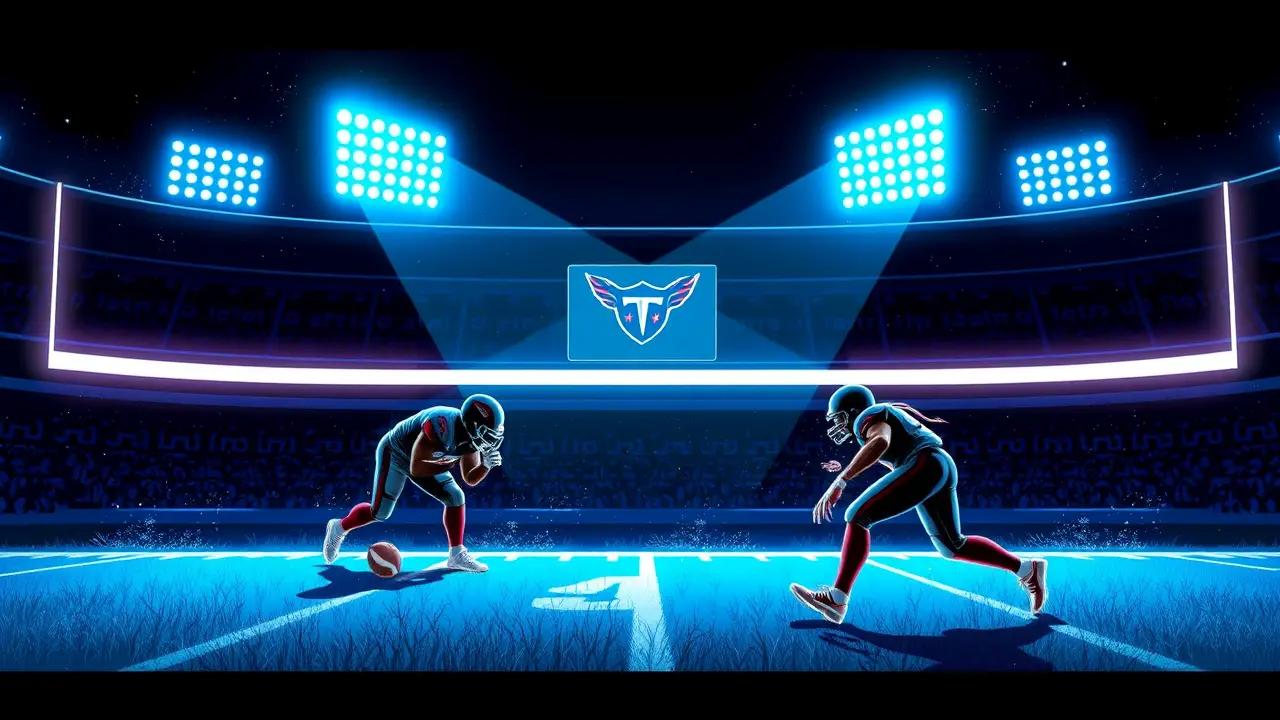
SportfootballInjuries and Suspensions
Role of Jaguars offseason free agent addition reduced vs. Texans
JA
Jack Turner
7 hours ago7 min read3 comments
In the intricate chess match of NFL roster management, the Jacksonville Jaguars' Week 10 contest against the Houston Texans revealed a telling strategic shift, one that speaks volumes about the precarious nature of professional football careers. The spotlight fell squarely on wide receiver Dyami Brown, whose role underwent a dramatic contraction, plummeting from a substantial 48 offensive snaps against the Las Vegas Raiders to a mere 23 in Houston.This reduction is particularly stark considering the absence of primary targets Brian Thomas Jr. and Travis Hunter, a scenario that should have, in theory, opened the floodgates for Brown's involvement.Instead, the Jaguars' offense told a different story, one orchestrated by offensive coordinator Liam Coen, who pointed to the recent acquisition of Jakobi Meyers as a pivotal factor. Meyers, secured at the trade deadline, didn't just step onto the field; he made an immediate statement, leading the team with 41 receiving yards and showcasing a reliability that coaches covet, hauling in all three of his targets, including a critical contested catch to move the chains.His debut was a masterclass in efficiency, a performance that immediately re-calibrated the depth chart. But Meyers' arrival is only one piece of this complex puzzle.The ascent of Parker Washington in recent weeks has been equally significant, with the young receiver seemingly leapfrogging Brown to claim a more substantial piece of the offensive pie. Even more telling was the usage of Tim Patrick, a veteran who had been largely confined to the sidelines this season, logging no more than 22 snaps in any game prior.Against the Texans, Patrick was on the field for 44 snaps, more than doubling Brown's workload and signaling a profound loss of trust in the latter's immediate utility. This is the harsh reality of the NFL—a league where opportunities are fleeting and job security is a myth.Coen's post-game comments, while diplomatic, underscored this volatility. He acknowledged Brown's improved practice habits and increased speed of play, yet the phrase 'we'll have to look at obviously the rotation this week' hangs in the air like a question mark, a non-committal stance that betrays the coaching staff's uncertainty.When you factor in the minimal contributions of Austin Trammell (nine snaps) and Tim Jones (five), the picture becomes clear: Brown is now battling on the fringes of the receiving corps, a situation that will only intensify upon Brian Thomas Jr. 's return.The Jaguars, in their pursuit of a more potent and reliable aerial attack, have effectively reshuffled their deck, and Brown finds himself holding a diminishing hand. This is a classic front-office maneuver reminiscent of how successful franchises operate, constantly churning the bottom of the roster to unearth or acquire incremental advantages.For Brown, a player once touted for his deep-threat capability, the path forward is narrow. He must transform every limited practice rep and every sparse game-day opportunity into an undeniable highlight, a task easier said than done when buried on the depth chart. The narrative here extends beyond a simple snap count; it's a case study in NFL Darwinism, where the introduction of a single new variable—Jakobi Meyers—can trigger a cascade of repercussions, leaving players like Dyami Brown fighting for their professional lives in a system that shows no mercy.
#Jaguars
#Dyami Brown
#Jakobi Meyers
#depth chart
#playing time
#featured
Stay Informed. Act Smarter.
Get weekly highlights, major headlines, and expert insights — then put your knowledge to work in our live prediction markets.
Related News
© 2025 Outpoll Service LTD. All rights reserved.














